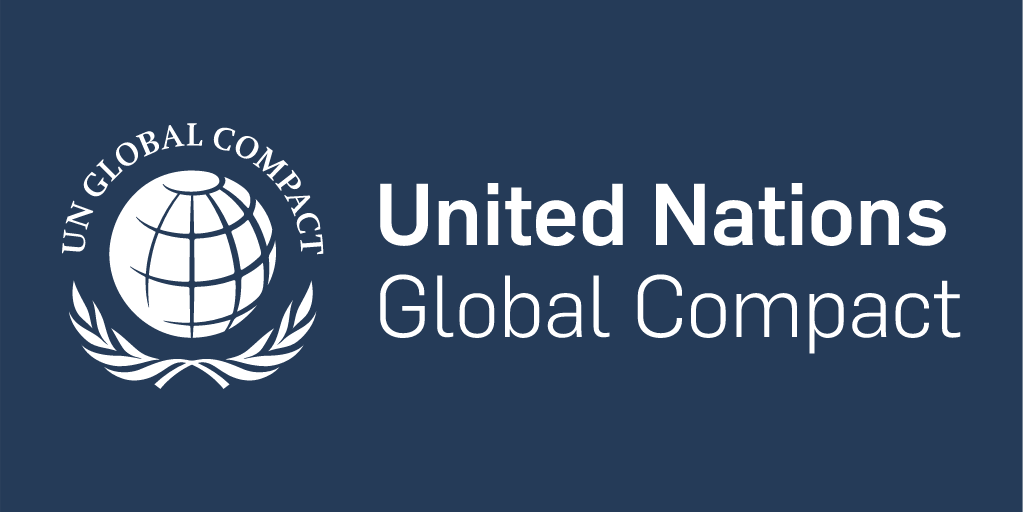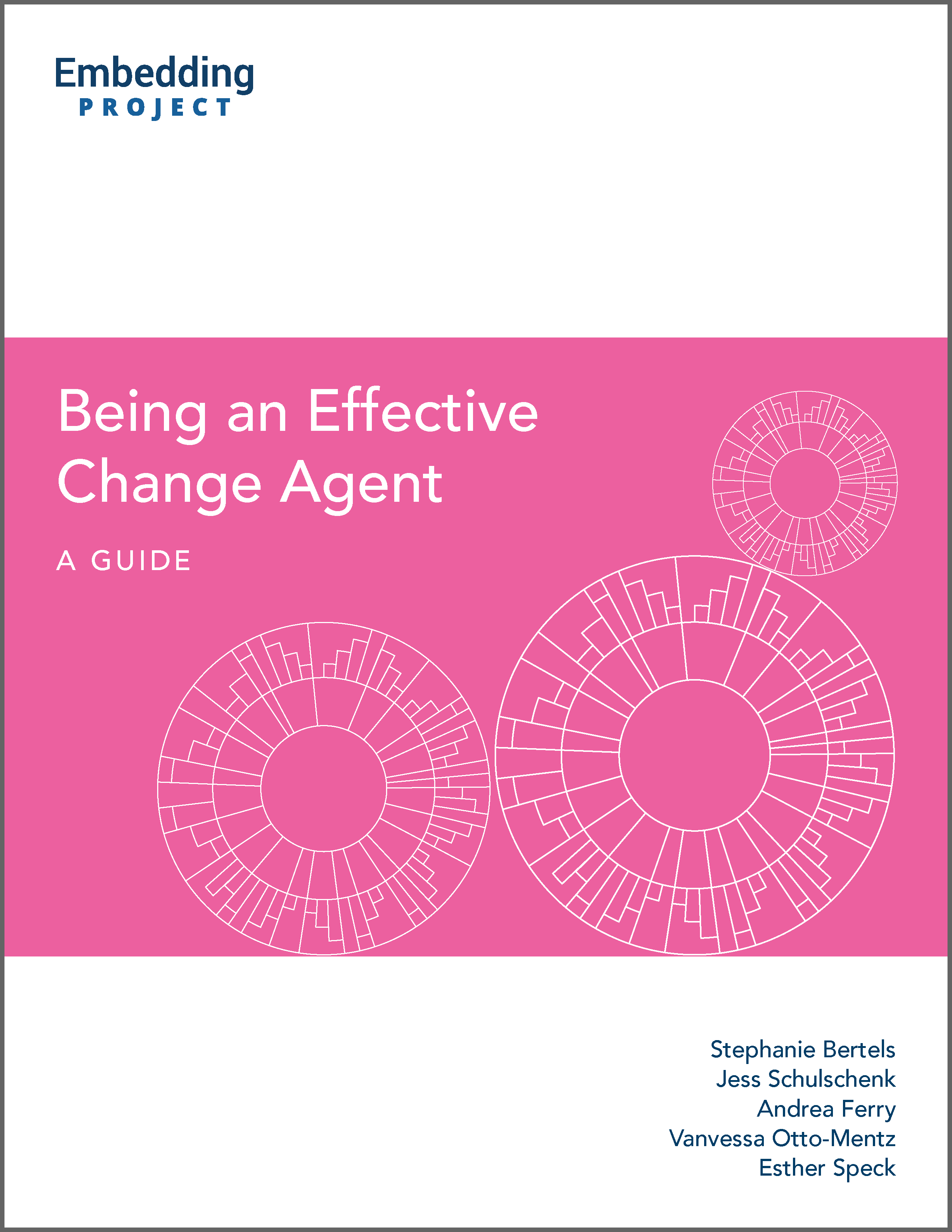Identify your desired sustainability competencies
To bolster your sustainability efforts identify the competencies your team members need, such as an understanding of Environmental, Social, and Governance (ESG) issues, lifecycle and systems thinking, supplier inclusion and diversity, and the capacity to communicate the value of sustainability to suppliers and internal business partners. Consider integrating these sustainability competencies into your existing competency matrix to build a sustainability-focused team that can contribute positively towards your procurement function.
You should also ensure procurement role descriptions reflect the importance of these sustainability competencies and that progress towards them becomes a key topic in feedback sessions, performance reviews, and promotion decisions.
EXAMPLE: HP's Eco-advocates program
HP drew on sustainability experts worldwide to craft its internal education platform, providing employees access to podcast and webcast modules on various subjects, including conflict minerals, greenwashing, and the circular economy. Through the program, employees across the organisation learn to brief others on these issues.¹



![Sustainable Purchasing Online Course [PAY TO USE] cover](http://images.ctfassets.net/9wz1ed4si6rc/21XvvF8LIBbV26ZRf6JPWO/d95e4d95a9cab3080c5bcc02d54ce69a/image.png)
